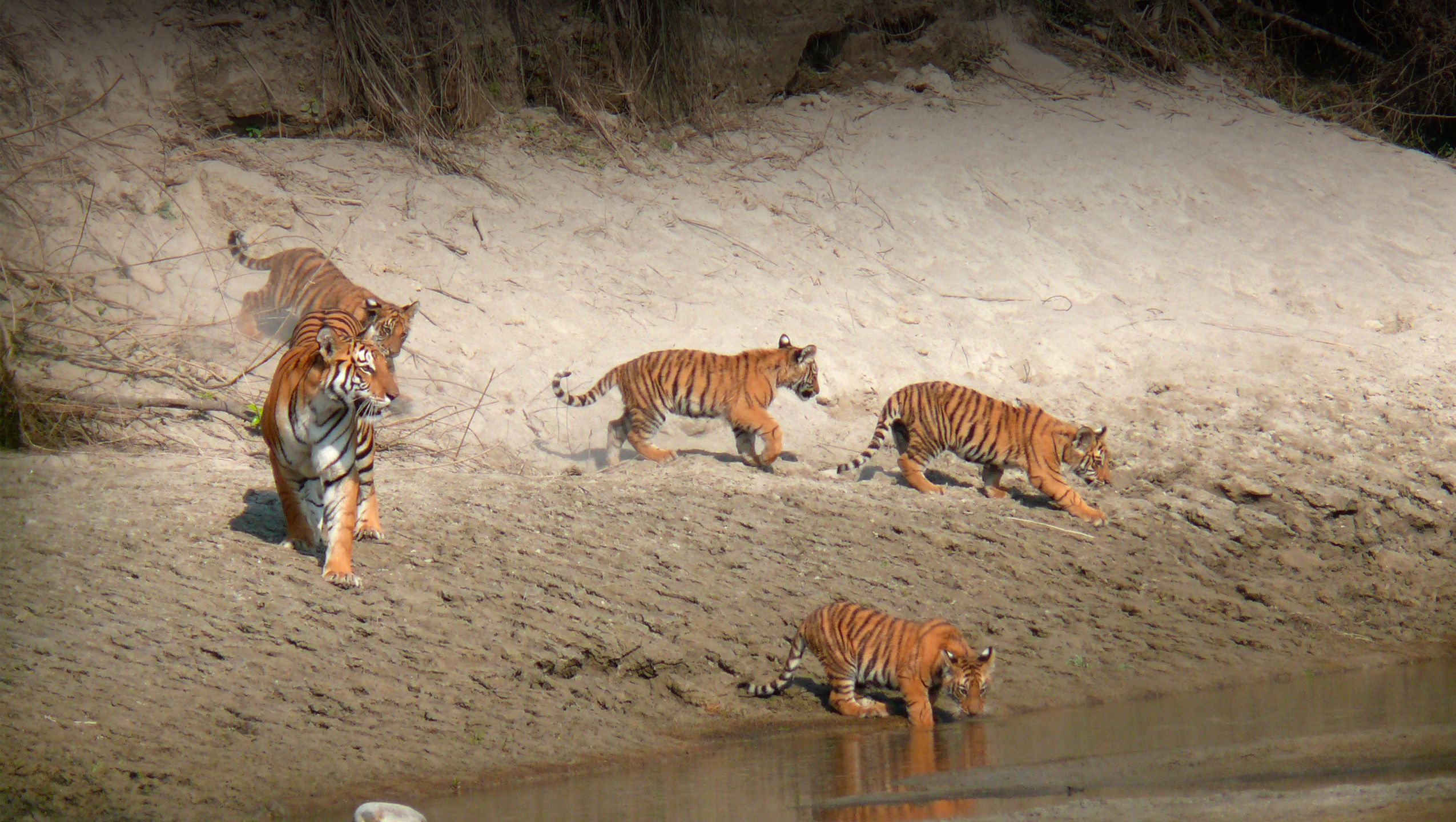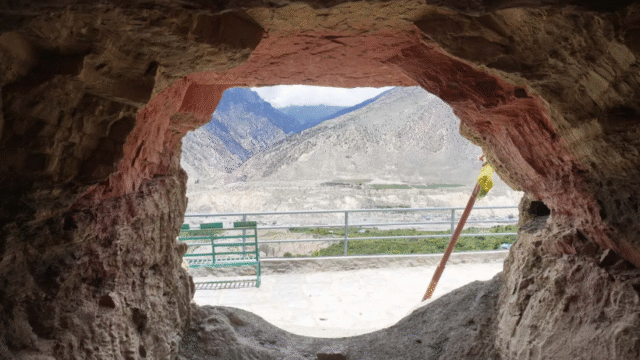With the increasing number of tigers in Nepal, new conservation challenges have emerged. The higher-than-anticipated growth in tiger population has led to issues related to habitat and prey management, along with escalating human-wildlife conflict, as reported by Chitwan National Park officials.
According to the 2022 National Tiger Survey, the number of adult tigers in Nepal has reached 355. Among these, 128 are in Chitwan National Park, informed Ganesh Prasad Tiwari, Information Officer and Assistant Conservation Officer at the park. Bengal tigers are found in 13 countries worldwide, and during the 2010 St. Petersburg Tiger Summit, these countries committed to doubling the tiger population by 2022.
At that time, Nepal had 121 tigers, and the goal was to increase this number to 242 by 2022. However, the population has surpassed this target, reaching 355, which is considered a success for the country. Nonetheless, this success has brought new challenges.
Last fiscal year, eight tigers died in Chitwan National Park, Tiwari reported. Increased patrolling for park security may have contributed to the higher mortality rate. Tiwari also mentioned that tigers sometimes die from fights over territory. “During this period, four people have been killed by tiger attacks,” he said. “Such incidents have occurred both inside and outside the park, with one person killed in the core area and others in the buffer zone.”
A few years ago, a study indicated that Chitwan and Parsa National Parks could support up to 175 tigers. Improved habitat management could allow for more tigers, according to Tiwari. Chitwan and Parsa National Parks are interconnected.
Insufficient prey availability sometimes drives tigers into nearby settlements, leading to conflicts. To manage aggressive tigers, five have been kept in enclosures at the park’s headquarters in Kasara and Devnagar in Bharatpur. Currently, three tigers are in Kasara and two in Devnagar. No tigers are housed in Sauraha due to ongoing maintenance of enclosures, Tiwari added.
Prakash Dhungana, Chairman of the Buffer Zone Management Committee, noted that the increase in tiger numbers has added to the challenges. “Failure to manage habitats properly has led to tigers entering human settlements, escalating conflicts,” he said. Dhungana emphasized the need for sufficient budget allocation for habitat management and prey provisioning within the park.
Dhungana also mentioned that prey species sometimes enter human settlements, damaging crops and attracting tigers. He highlighted that recent budget cuts have hindered the implementation of conservation education programs and infrastructure projects, which previously utilized 30-50% of the park’s revenue.
Sindhu Prasad Dhungana, Director General of the Department of National Parks and Wildlife Conservation, stressed the importance of increasing prey species to support the growing tiger population. He mentioned that the necessary infrastructure for habitat management is being developed within the park. “Tigers establish their territories, and with the increasing population, there is a need to create sanctuaries for their conservation,” he said. The department is planning to build large open enclosures (sanctuaries) for tigers.
Discussions are also underway about “tiger diplomacy,” which involves gifting tigers to other countries to foster international relations, noted Dhungana. He assured that efforts are being made to manage tigers within the park to prevent them from entering human settlements. “We are planning programs to improve grasslands, water ponds, and wetlands to increase prey species,” he added.






